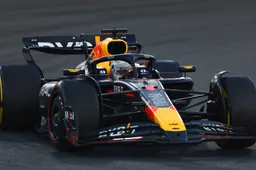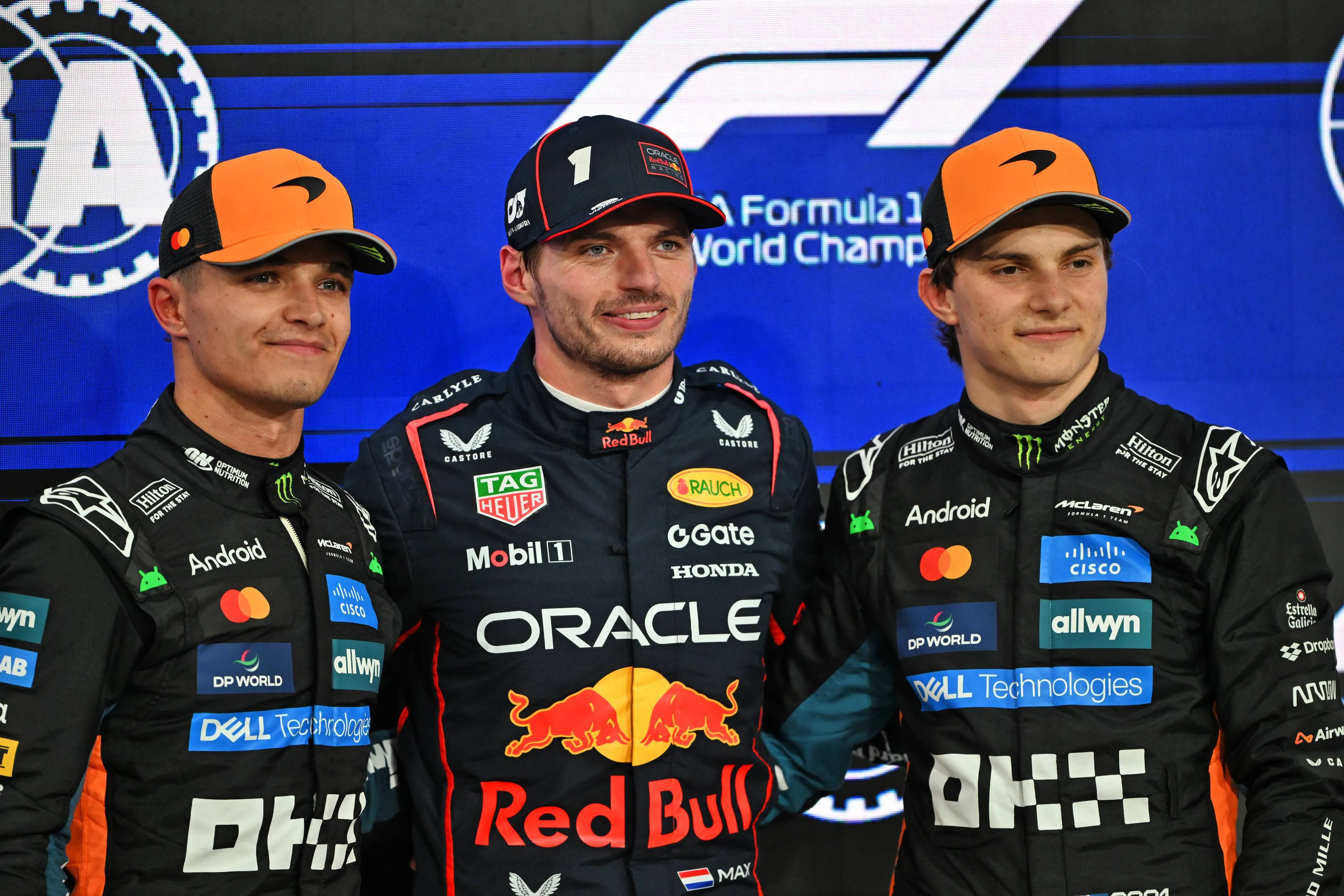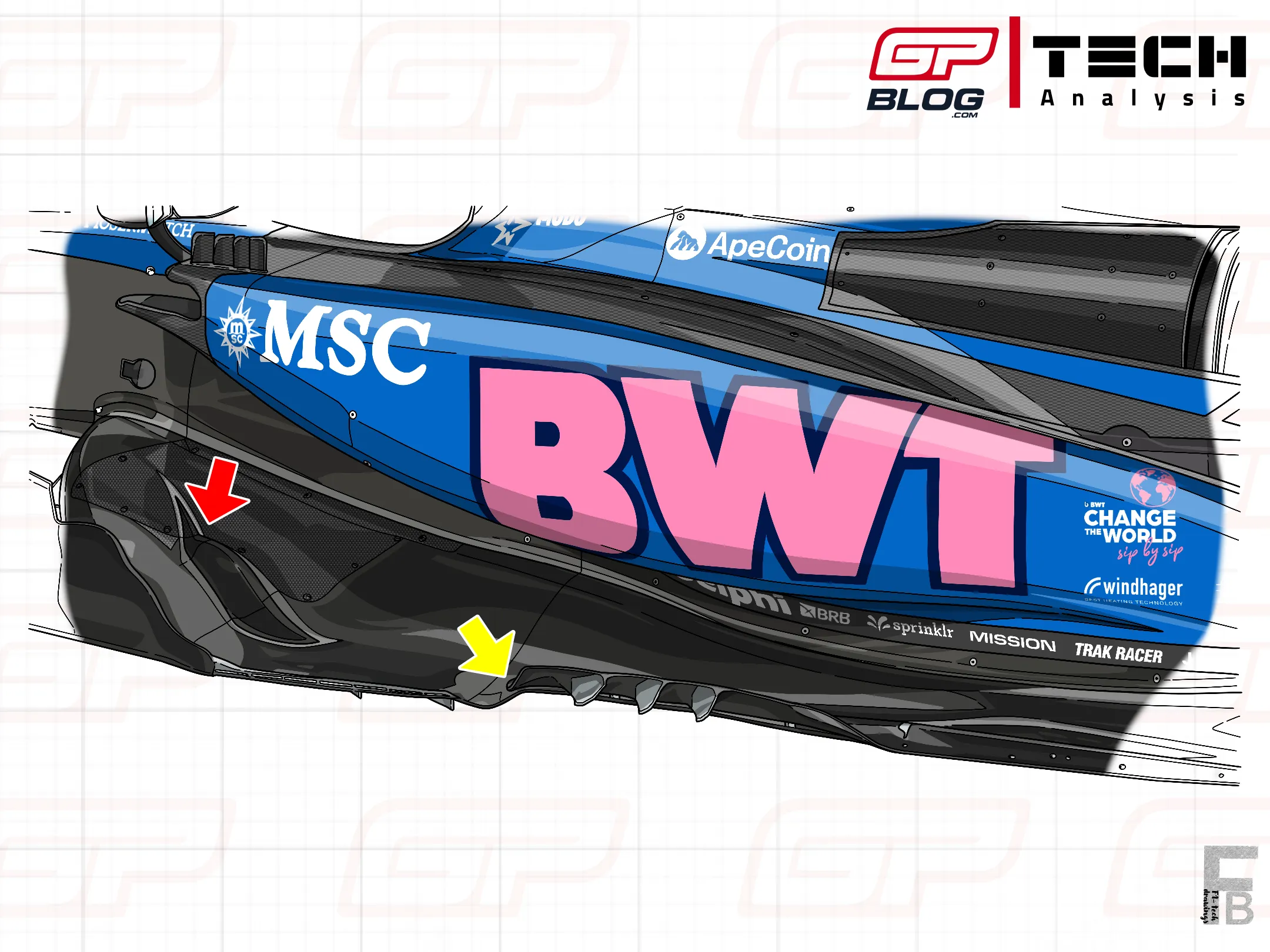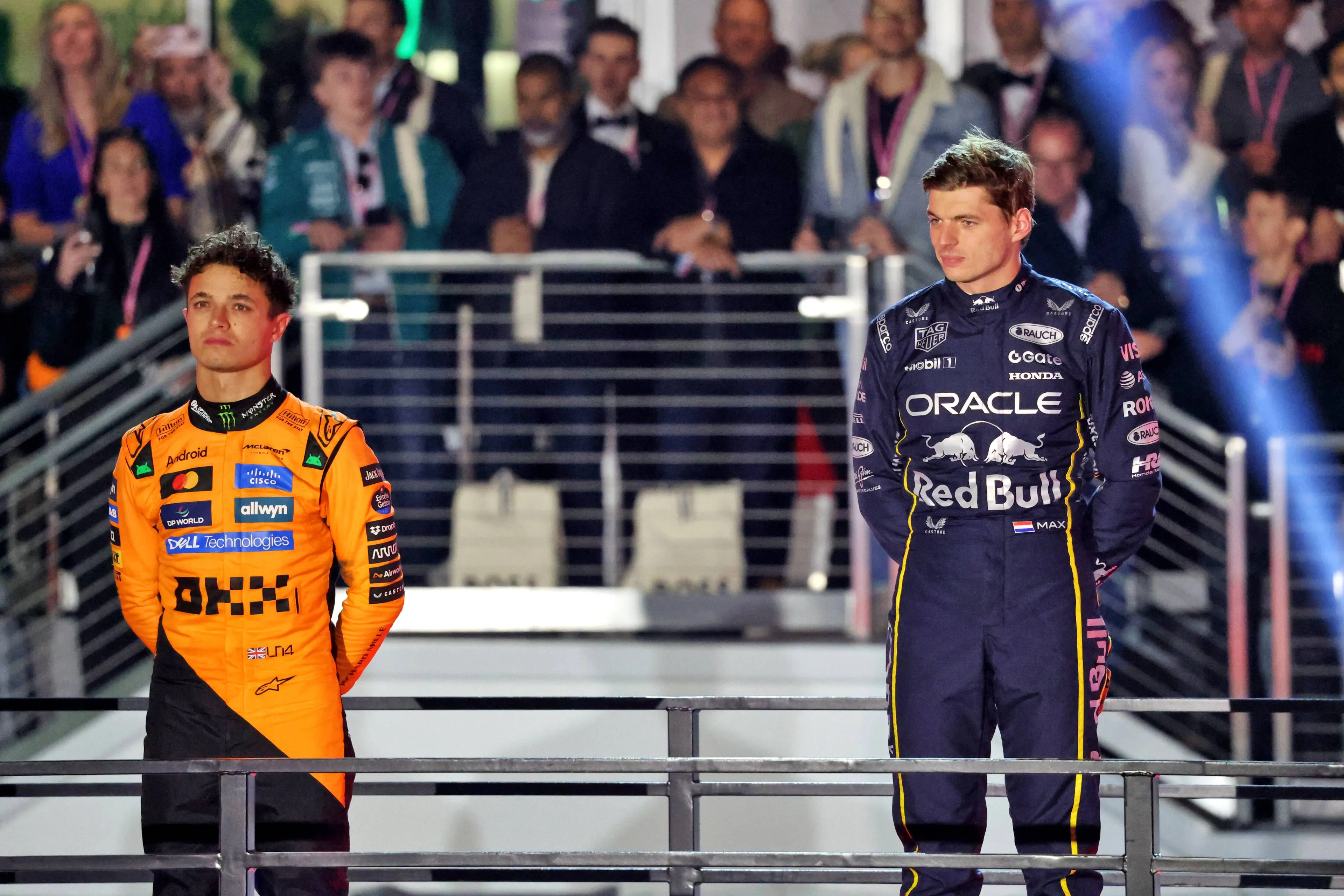There has been a lot of talk about the 2026 regulations causing problems for teams and this will only increase over the coming months as more and more clarity is provided. With almost two years before the new regulations come into play, it’s useful to examine which technical elements will change on the 2026 F1 cars and why some of them could represent a big threat to the majority of the teams.
The FIA decided to change the technical regulations from 2026 onwards for many different reasons: to make the cars smaller and lighter, improve the racing on the track, and reduce the environmental impact of F1 cars, with an eye on developing similar technology for other industries.
To accomplish these ambitious goals, the FIA technical team, directed by Nicholas Tombazis, developed new technical regulations (still being updated) with a series of points concerning the main areas of change: car dimensions and weight, aerodynamics, and engine structure.
Smaller and lighter cars
Since the new ground effect cars were introduced in 2022, many drivers have complained about their weight and, as a direct consequence, about their clumsy ‘handling’ behaviour in slow-speed corners. For this reason, starting in 2026, the cars will be shorter, with the wheelbase trimmed to 3400mm from the current 3600mm. The cars will also be 10cm narrower, with a width reduced to 1900mm.
This change of dimensions should also reduce weight, as the FIA’s goal is to lower the weight limit by 40 or 50 kilos with the new car generation. As a consequence, cars will also be nimbler and faster in all slow-speed corners, behaving more similarly to the flat-floor previous generation of cars.
These choices, however, also produce some disadvantages: less surface means less downforce created by the Venturi channels and the bodywork of the car.
DRS on the front wing
From an aerodynamic point of view, 2026 cars will evolve the current ground-effect concept. In the last couple of years, many solutions have been shown that increase the dirty air outwash, making it more difficult for the car behind to follow.
For 2026, the goal is to improve racing by adding DRS flaps to the front wing: this new flap should open on the straights to help reduce drag (and consequently downforce), making it easier for the driver behind to attack, but without making it too easy.
In this scenario, teams with very efficient cars will clearly be advantaged: a low-drag chassis will help cars reach higher top speeds on the straights, while well-designed Venturi channels should provide the downforce to be quick through the corners.
This set of solutions, however, caused serious problems in the teams' last simulations. When the rear wing was in its lowest configuration, and the engine was at full power, cars were very unstable under acceleration and couldn’t even go through fast corners without spinning.
This problem is mainly caused by the shift in aero balance, which is expected to be three times higher than now when DRS is opened. For this reason, the technical department will clearly work closely with the teams to sort this problem out as soon as possible without compromising racing.
Half of engine power from the ICE, and half from the MGU-K
The 2026 Power Unit will see a massive change from an architectural and power-generating point of view: half of the power will be produced by the ICE and the other half by the MGU-K. The ICE (internal combustion engine) will be fed with carbon-neutral fuels and will provide between 400 and 420 kilowatts (545 to 570 horsepower), while the electrical unit will provide 350 kilowatts, around 475 hp (it now provides around 120 kilowatts).
This distribution will increase the weight of the drives (ICE and MGU-K) to an incredible amount of 190kg. This fact doesn’t scare F1 technical director Pat Symonds, who, during an interview with Auto Motor und Sport, seemed to be confident that all this weight can be reduced elsewhere: “Bearing to our calculations, it would have been done with 18 kilograms extra for two 130 kilowatt generators (176 hp) including half-waves, a differential and the wiring. We would have tapped the remaining 130 kilowatts at the back. With this solution, we could have reduced the tank capacity from 110 to 70 kilograms and practically completely dispense with fuel combustion for energy production."
However, a lot of fuel must be burnt to generate electrical power and charge the batteries, making Symonds’ words seem slightly optimistic at this stage. The higher electrical power available should not be a problem from a performance point of view, but it will clearly affect racing, as cars will be able to drive past each other due to the low state of charge of their batteries.
A lot remains to be discovered about the new 2026 cars. The chassis regulation should be released in June, but for now, many concerns need to be discussed and solved at the teams’ factories.
Read more about:
Popular on GPBlog

1
Red Bull Racing implements this name change ahead of the new season
3833 times read

2
Fresh details emerge on Red Bull’s call to dismiss Horner over summer
973 times read

3
Verstappen angry over Red Bull teammate's firing: 'It ruins someone's chances
837 times read

4
Red Bull boss has no doubts about Verstappen leaving after 2026
768 times read
Loading













